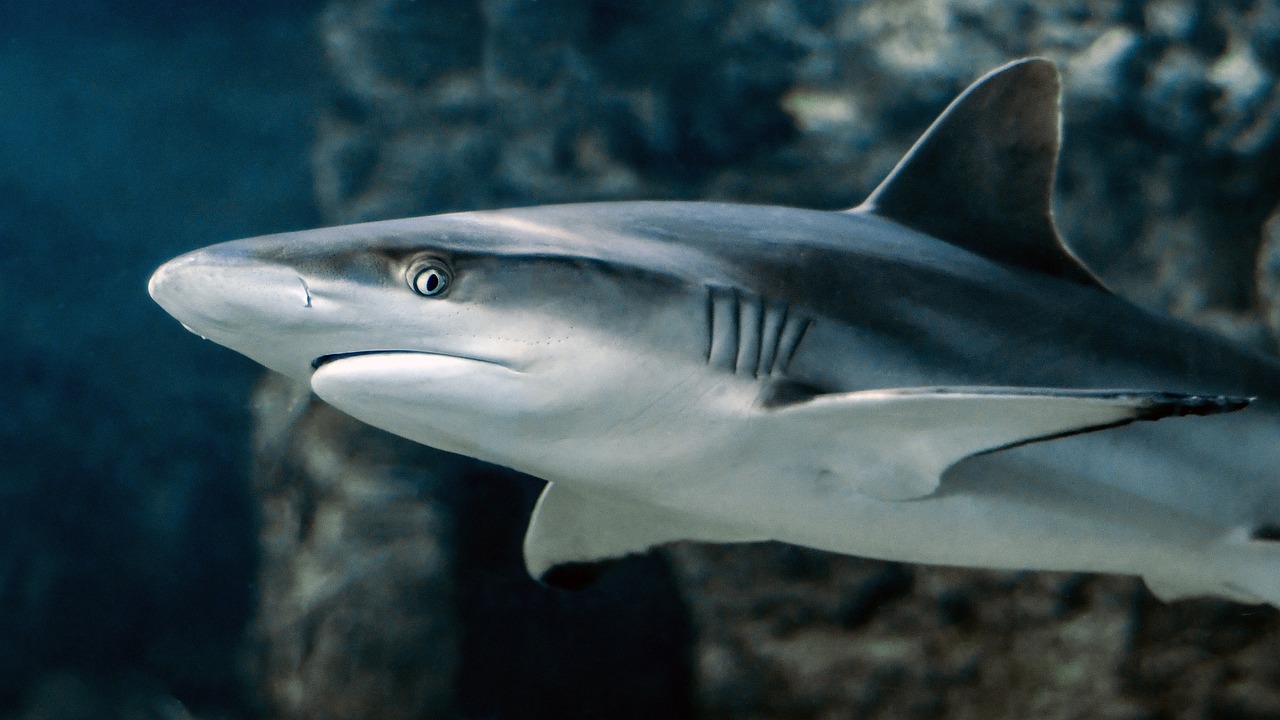Sharks, like many marine animals, have been shown to be impacted by the phases of the moon. It has been hypothesized that lunar signals play a crucial part in determining the eating habits of these majestic creatures, as sharks tend to be more active and show heightened hunting activity during full moons and new moons. The ocean’s visibility is also affected by the moon’s cycles since the moon’s light casts a diffuse illumination on the seafloor. Because of this improvement in visibility, sharks are better able to locate prey. When the moon isn’t visible, as it is during a new moon, sharks use their other senses, such as scent and electroreception, to find food.
Great white sharks and tiger sharks, two moonstruck predators, have an advantage while hunting since they can sneak up on their prey without their noticing. Many shark species have extraordinary migratory patterns that correlate with lunar cycles, suggesting that migration and lunar signals play an important role in shark behavior. These migration patterns shed information on how lunar signals influence the daily routines and seasonal migrations of these intriguing organisms.
Ampullae of Lorenzini are specialized sensory organs in sharks that can detect and respond to electromagnetic fields. They are able to pick up on subtle shifts in the Earth’s magnetic field and use this information to navigate using lunar landmarks. The amount to which lunar signals affect shark behavior may also vary across different shark species. Some animals, like the great white shark, appear to be highly attuned to lunar cycles in terms of their foraging habits, while others may be less dependent on these cues.
The gravitational pull of the moon affects the tides, which in turn affects the distribution of prey species. This interaction between lunar signals, tides, and shark behavior is further emphasized by the fact that sharks, as opportunistic hunters, may alter their hunting areas and methods in response to changing tidal levels.
The delicate balance of marine ecosystems relies on the interaction between sharks, lunar signals, and oceanic prey. Sharks play an important role in maintaining the stability of the marine food chain by controlling the rise of populations of the animals they eat. They help preserve the general health and resilience of marine ecosystems by ensuring a wide variety of species exist within them.
Sharks’ olfactory capabilities are extraordinary, being both more acute and strong than those of humans. These animals are able to detect even tiny amounts of compounds in the water, such as the odor of blood, thanks to unique sensory organs called olfactory bulbs found in their snouts. Sharks may use this sense to track down prey from great distances, even damaged or sick creatures.
When it comes to the immensity of the ocean, moonstruck hunters are the top dogs, and they do it all with the help of the moon. We can do our part to ensure the survival of these magnificent animals and the ecosystems they depend on by learning more about these moonstruck hunters. Protecting and conserving these species is essential to ensuring their continued existence and keeping marine ecosystems healthy and diverse.
In conclusion, understanding the connection between sharks, lunar signals, and marine ecosystems is critical to ensuring the continued viability of these systems in the years to come. Preserving shark populations is essential to ensuring that marine ecosystems may continue to thrive for future generations by recognizing and safeguarding the important role that sharks play in these systems. Marine ecosystems rely heavily on moonstruck hunters because they use lunar signals to fine-tune their hunting techniques. These predators are able to successfully hunt in the open ocean because they use moon signals as navigational aid. The intricate architecture of nature and the precarious balance that supports marine ecosystems are on full display in the interaction between sharks, lunar signals, and oceanic prey.

